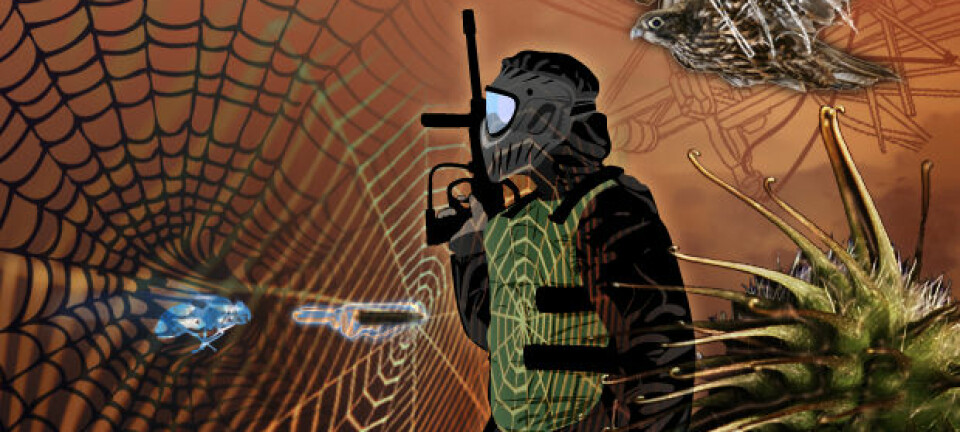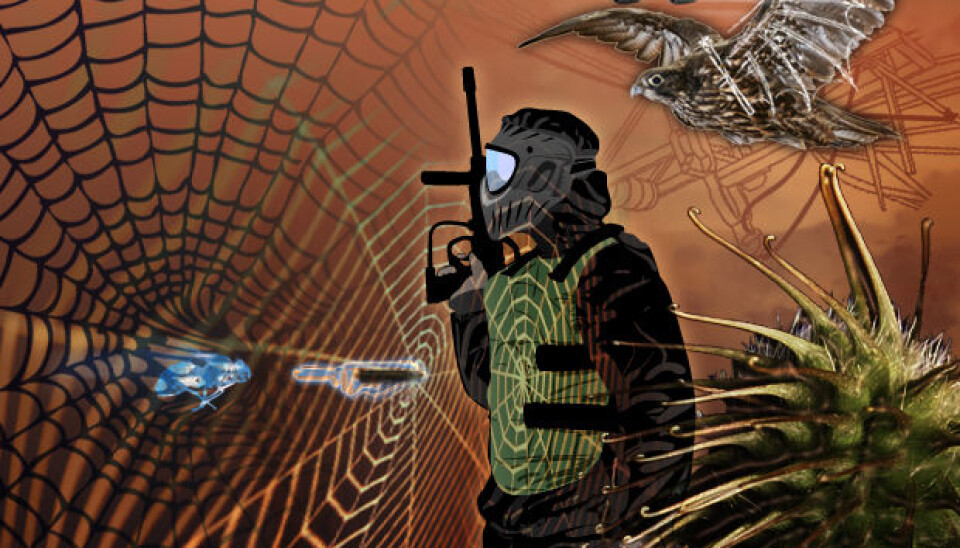
Top 10: The best copies of Nature (Part 2)
Continuing yesterday's roundup, here are five more examples of how new technologies can be created by copying the science of Mother Nature.
Bionics, the creation of technology inspired by Nature, is nothing new.
Stone Age man copied Nature by wearing the fur of slaughtered animals to keep warm. And Leonardo da Vinci copied birds when he drew his famous sketches of flying machines 500 years ago.
But it is only recently that bionics has developed into a fully-fledged science. Associate Professor Torben Lenau of DTU Management at the Technical University of Denmark has compiled these examples of high-tech inventions inspired by the natural world.
No.5 Bulletproof vests made of spider web
"Have you ever tried to stretch a spider's web and wondered how strong it is in relation to the delicate fineness of its strands?" asks Torben Lenau.
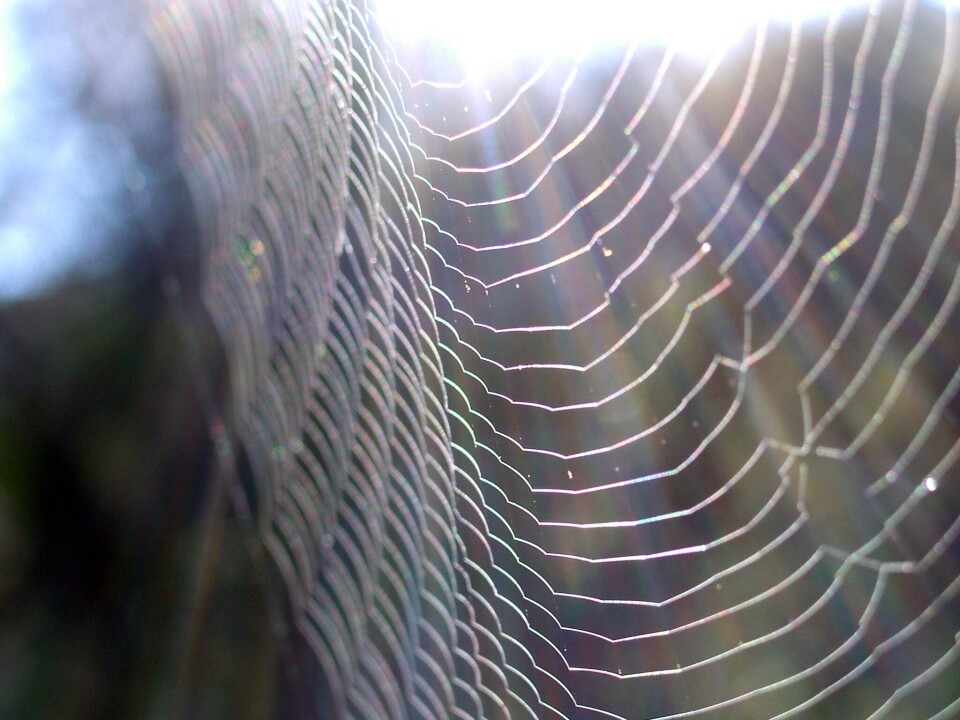
"It's fascinating to see how the web stretches when a large insect flies into it, and then quickly recovers its original shape. Most other materials would be unable to do that, and would remain stretched,” he says. "It is the combination of high strength and elasticity that is interesting to exploit."
The strands of a spider's web get their strength from the protein polymer of which they are made, while the elasticity results from a special microstructure which the spider imparts to the strands by massaging them.
Researchers are seeking to exploit the properties of spider's web strands by creating similar polymers to compete with ultra-strong man-made materials like Kevlar and carbon fibre. The new material could be used to make bulletproof vests, where thin filaments of very high strength and elasticity are needed. Other possible applications are ropes and wind turbine blades.
No.4 Super-adhesive tape mimics a gecko's foot
Geckoes are known for their ability to crawl on vertical surfaces. They can do this because their toes have features that can cleverly exploit the surface tension that all materials possess.
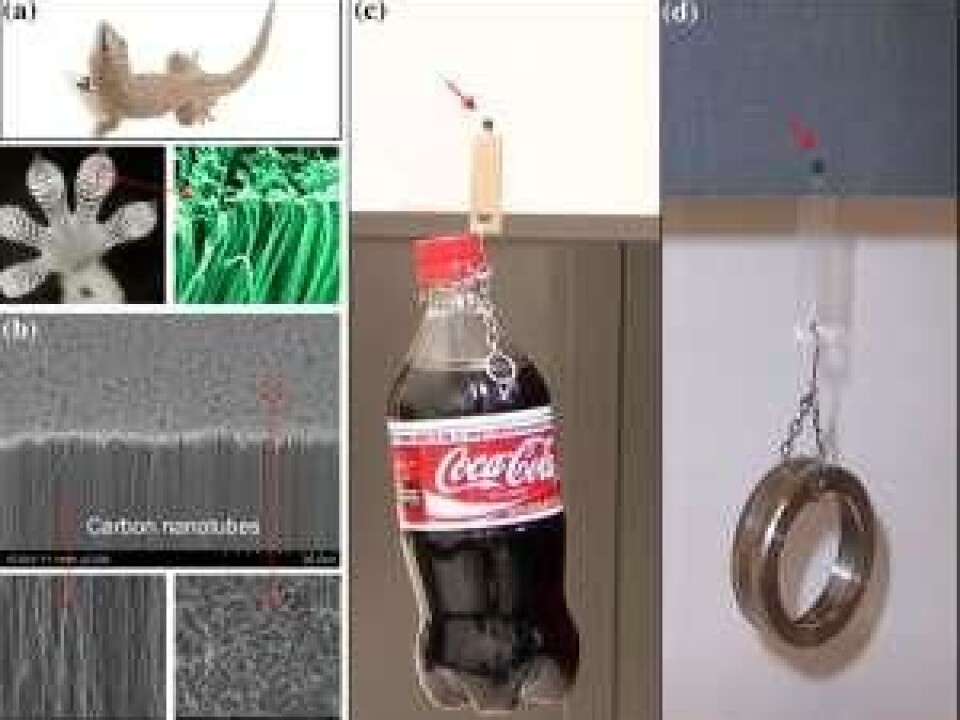
“A gecko's foot has lots of tiny hairs, which are able to get into all the microscopic surface irregularities. This gives the gecko a very large surface area of foothold, where it can exploit the weak forces of cohesion that actually bind materials physically together,” explains Lenau.
Researchers are looking to copy the gecko's ability by making a tape which can stick to surfaces and then be peeled off without losing its sticking ability. With such technology applied to handwear and footwear, it is not unthinkable that human beings could become able to crawl up and down walls just like geckos.
“We could have window cleaners moving around on tall buildings like Spiderman," he says. "But it does not have to be that futuristic. It could be used for all sort of things that need to be put up on a wall temporarily."
No.3 Shark skin makes swimmers faster
In recent years, swimmers have broken one record after another. This is very much the result of improved swim suits, and one of the leading manufacturers of swimwear has found inspiration for its fastest swim suit – Speedo Fastskin – by studying the skin of sharks.
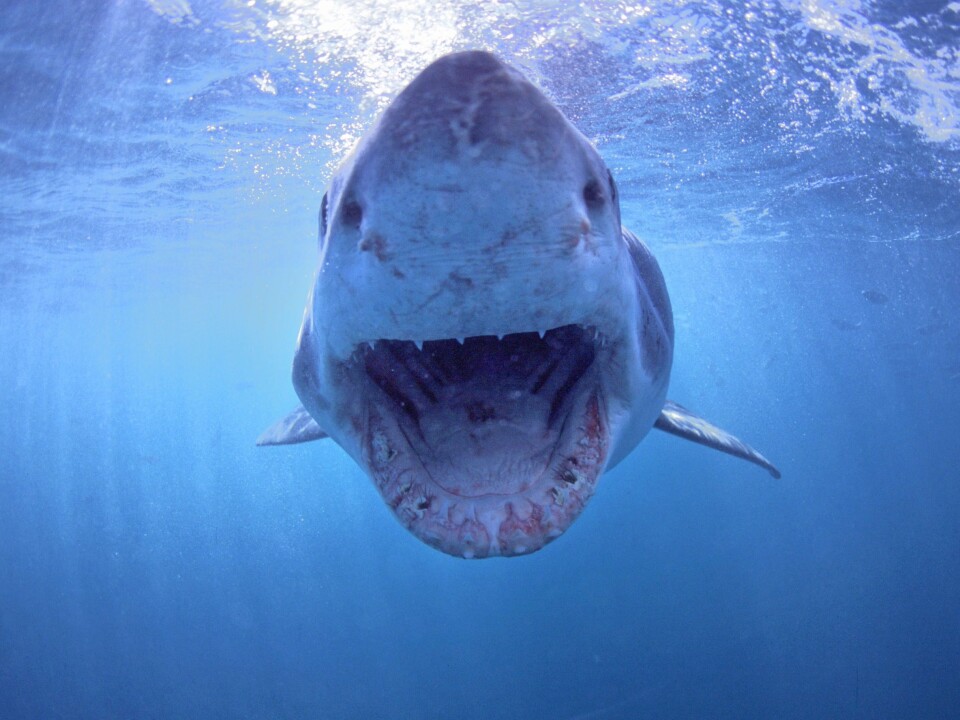
"There are ten scales per millimetre on the skin surface of a shark, and they work a bit like the indentations on a golf ball," explains Lenau. "The scales make lots of micro-turbulences where water whirls around close to the body surface and reduces the drag effect of the outer layers of water around the body."
"This is what is exploited by Speedo Fastskin. By imitating the micro-structuring of the shark's skin surface, it gives the swim suit a lower drag effect and allows the athletes to move faster through the water."
The same principle can also be applied to ships. German company Vosschemie produces a hull paint called Haifischhaut, which reduces the drag effect and allows ships to glide more easily through the water.
No.2 Imitating the self-cleaning lotus flower
The lotus flower has long fascinated human beings, but in recent times its leaves have also become an inspiration – for inventing self-cleaning surfaces.

"The lotus flower grows in the tropics, close to streams and other places that are rather muddy. But its leaves are always clean because muddy water runs straight off them," says Lenau.
This self-cleaning ability is amazing – see this video about the lotus effect – and using an electron microscope, researchers have studied the micro-structure of the leaves to find out how dirty water is repelled. It turns out that the leaves are covered in lots of tiny spikes that make water unable to wet the leaf surface. Instead the water droplets remain spherical due to surface tension and roll off the leaf, taking any dust and dirt with them.
"Researchers are trying to imitate the lotus flower's self-cleaning system, using nanotechnology to etch lots of small spikes onto the surface of a material so that it becomes water repellent," explains Lenau.
Glass manufacturers have exploited the principle to develop self-cleaning windows, and there are also paints which can repel dirt in the same way as lotus flower leaves.
No. 1: Annoying seeds sowed idea for Velcro
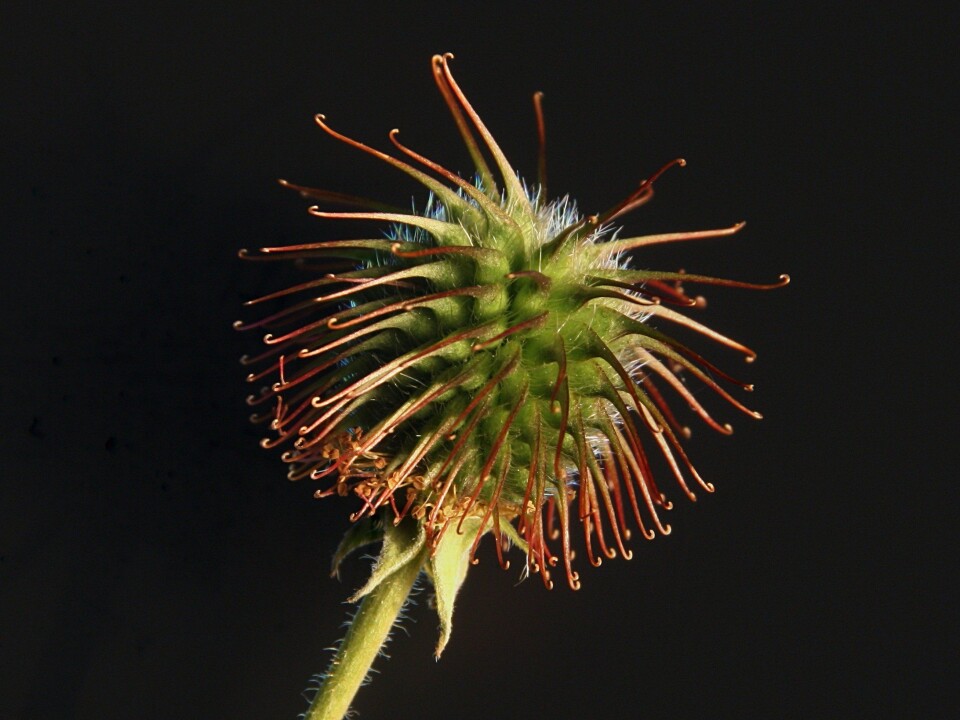
One of the best known examples of modern bionics – Velcro – was invented by Swiss engineer George de Mestral in 1941.
"He was on a walking holiday with his dog in the Alps, during which several burdock burrs – the little hairy seed pods that stick to your clothing if you brush past a burdock plant – got firmly stuck in the dog's fur," says Lenau. "At first it annoyed him, but then he thought: Couldn't a fastening mechanism be made from this?"
"He quickly discovered that burdock burrs are covered in small hooks that catch onto anything with a loop, such as clothing and animal fur. This is what Velcro imitates.”
The development work that de Mestral conducted in the 1940s resulted in nylon being chosen as the material for the hooks and loops, due to its durability. But despite having mechanised production of a good Velcro product in the 1950s, commercial interest was slow in coming until US space agency NASA started using it on astronauts' clothing.
"When people saw Neil Armstrong on the Moon with Velcro on his clothes – it became an instant hit. That was what was needed to make a breakthrough. And Velcro has since become a mega-success," says Lenau.
Ultimate bionics: Self-organising and self-healing
Torben Lenau thinks the above examples are just the beginning of what can be developed by copying the science of Mother Nature, and he predicts that bionics will have a great future.
"Some of the first things we will see are biologically-inspired robots with 'soft' arms that can be used as highly manoeuvrable instruments for keyhole surgery. And it will not be long before we see new ways of making colours inspired by insects and birds."
But the greatest thing, he says, will be when we get structures to form themselves by means of self-organisation and to repair themselves via self-healing. Both are common in Nature, but are almost unknown in man-made products.
Read the article in Danish at videnskab.dk
Translated by: Nigel Mander
